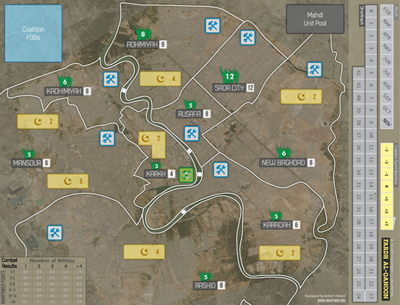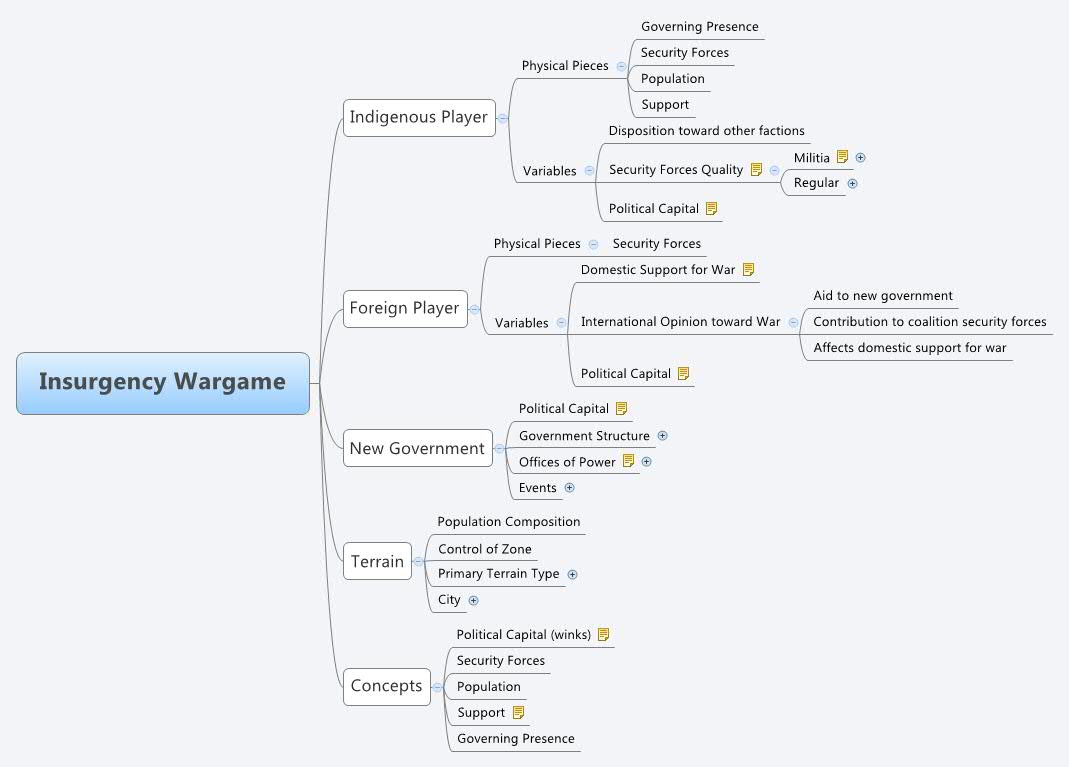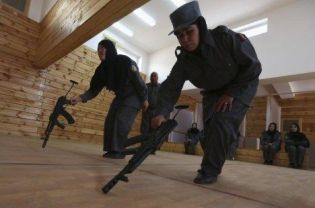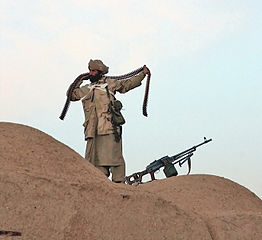Battling the beast: models of insurgency in Afghanistan
The insurgency in Afghanistan has defied the United States and ISAF’s attempts to quell it for almost a decade, and to some extent has even defied attempts to understand it. The academic literature about insurgency in Afghanistan teems with theories for its development and sustenance, but another way to examine the complex phenomenon is through models. Models attempt to distill the essential elements of a subject and define their relationships within a system, a process that can greatly aid in understanding and discussing an insurgency. Furthermore, a model’s users can view the insurgency and debate ideas on a common platform, avoiding some of the inherent ambiguity of language with the precision of a model’s terms and definitions.
While models can potentially be powerful analytic tools in studying insurgency, existing models of insurgency in Afghanistan or insurgency in general focus too narrowly on specific aspects of insurgency without integrating them into a wider context. Insurgency is obviously a complex phenomenon, but a model does not necessarily have to be bloated and complicated to accurately reflect its processes as a whole. Before such a model can be developed, a careful look at existing models is necessary.
Existing models of insurgency
This list is not comprehensive, but instead a selection of useful models that can inform the development of a generalized model of insurgency.
- COIN Hybrid Model
David & Kristin Arney: Modeling insurgency, counter-insurgency, and coalition strategies and operations - Power-law Model
Johnson et al.: Pattern in Escalations in Insurgent and Terrorist Activity
Bohorquez et al.: Common ecology quantifies human insurgency - Ising-based model of changes in public opinion
Jonathan David Farley: Evolutionary Dynamics of the Insurgency in Iraq: A Mathematical model of the Battle for Hearts and Minds - Population Dynamics Model
John Sokolowski and Catherine Banks: From empirical data to mathematical model – using population dynamics to characterize insurgencies - Point Process Model
Zammit-Mangion et al.: Point process modelling of the Afghan War Diary - Insurgency Management Model
Edward G. Anderson, Jr.: A Proof-of-Concept Model for Evaluating Insurgency Management Policies Using the System Dynamics Methodology












All of the links to these models are behind pay walls.
Do you have any comments on your experience with them, or thoughts on their validity?
D’oh! I completely forgot about the paywalls because of my temporary journal access through school. I do have some commentary on these models, as I examined most of them in my dissertation on the topic of modeling insurgency in Afghanistan. I intend to do a series of posts on this topic. Other obligations have impeded my progress, but they are forthcoming.
Thanks Robert, that will be very useful.
Looking forward to it.